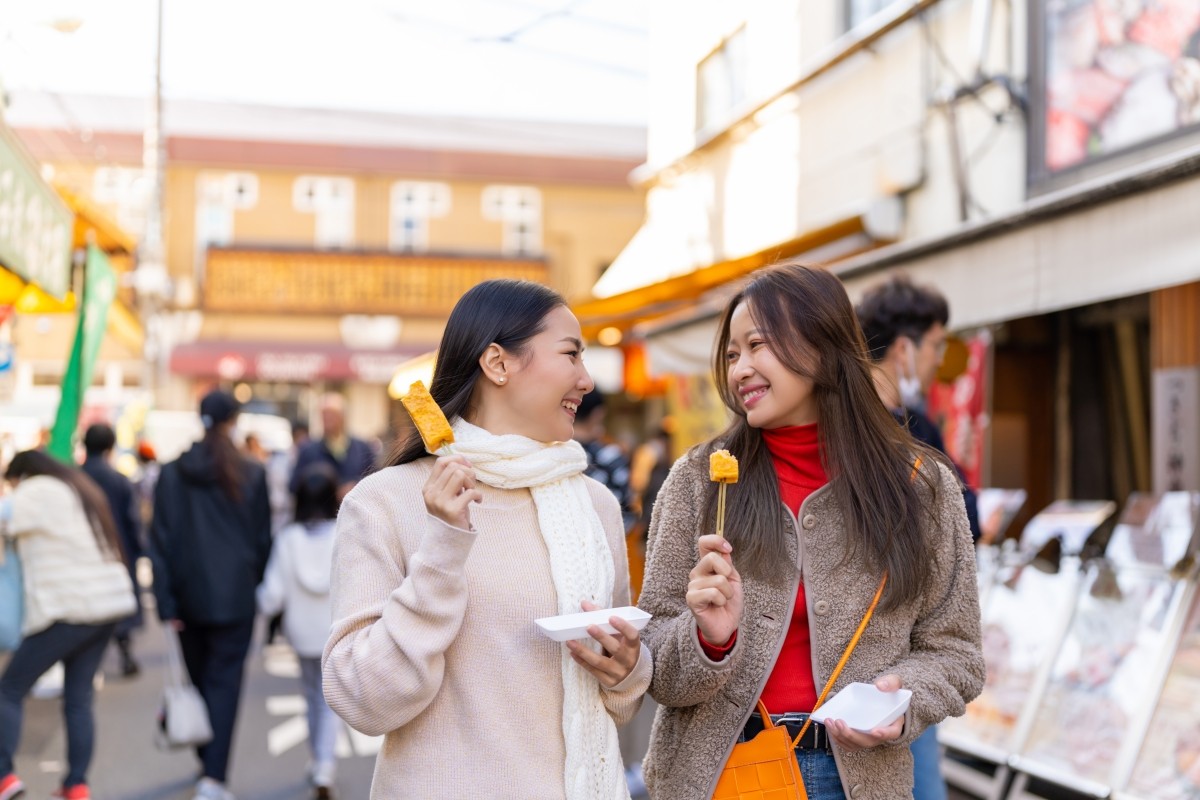
Planning an unforgettable autumn trip to Japan? What you bring can make all the difference. While your passport and travel documents are obvious essentials, Japan's distinct seasons mean that your clothing, accessories, and footwear must be chosen carefully depending on the time of year. In this guide, we’ve curated a list of items that are particularly useful during autumn in Japan, along with tips on when and how they come in handy.
* If you purchase or book products mentioned in this article, a portion of the sales may be returned to FUN! JAPAN.
Average Temperatures in Japan from September to November
Autumn in Japan typically spans from September to November. It’s a season characterized by a pleasant, mild climate, making it an ideal time for travel. However, due to Japan’s long, archipelago shape stretching from north to south, average temperatures can vary significantly by region. For instance, Tokyo’s average temperature in September is 23.3°C, dropping to 18.0°C in October and 12.5°C in November. In contrast, Sapporo in Hokkaido is 4.7–7.3°C cooler, while Naha in Okinawa is 4.6–10°C warmer. Additionally, daily temperature fluctuations of 2–4°C are common, so it’s important to pack with these regional and daily variations in mind.
| Tokyo | Tokyo | Tokyo | Sapporo | Sapporo | Sapporo | Naha | Naha | Naha | |
| Average temperature | Highest average temperature | Lowest average temperature | Average temperature | Highest average temperature | Lowest average temperature | Average temperature | Highest average temperature | Lowest average temperature | |
| September | 23.3℃ | 27.5℃ | 20.3℃ | 18.6℃ | 22.8℃ | 14.8℃ | 27.9℃ | 30.6℃ | 25.8℃ |
| October | 18.0℃ | 22.0℃ | 14.8℃ | 12.1℃ | 16.4℃ | 8.0℃ | 25.5℃ | 28.1℃ | 23.5℃ |
| November | 12.5℃ | 16.7℃ | 8.8℃ | 5.2℃ | 8.7℃ | 1.6℃ | 22.5℃ | 25.0℃ | 20.4℃ |
Autumn Travel Packing Checklist
1. Light and Medium-Weight Outerwear
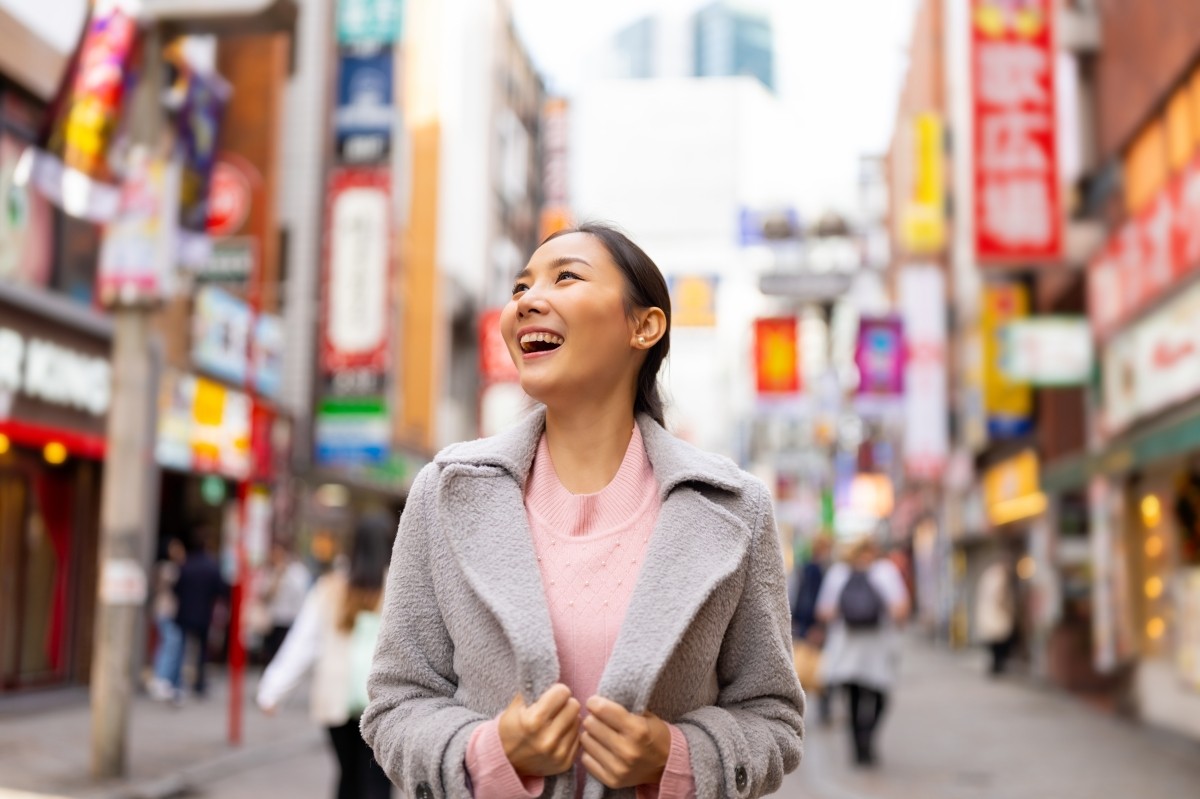
Japan’s autumn weather can vary greatly, with warm days and cool evenings, and temperatures that differ by region and time of day. To stay comfortable, pack long-sleeved shirts, sweaters, and cardigans for layering. Focus on light outerwear to minimize bulk, leaving more room in your luggage for souvenirs.
2. Scarves and Stoles
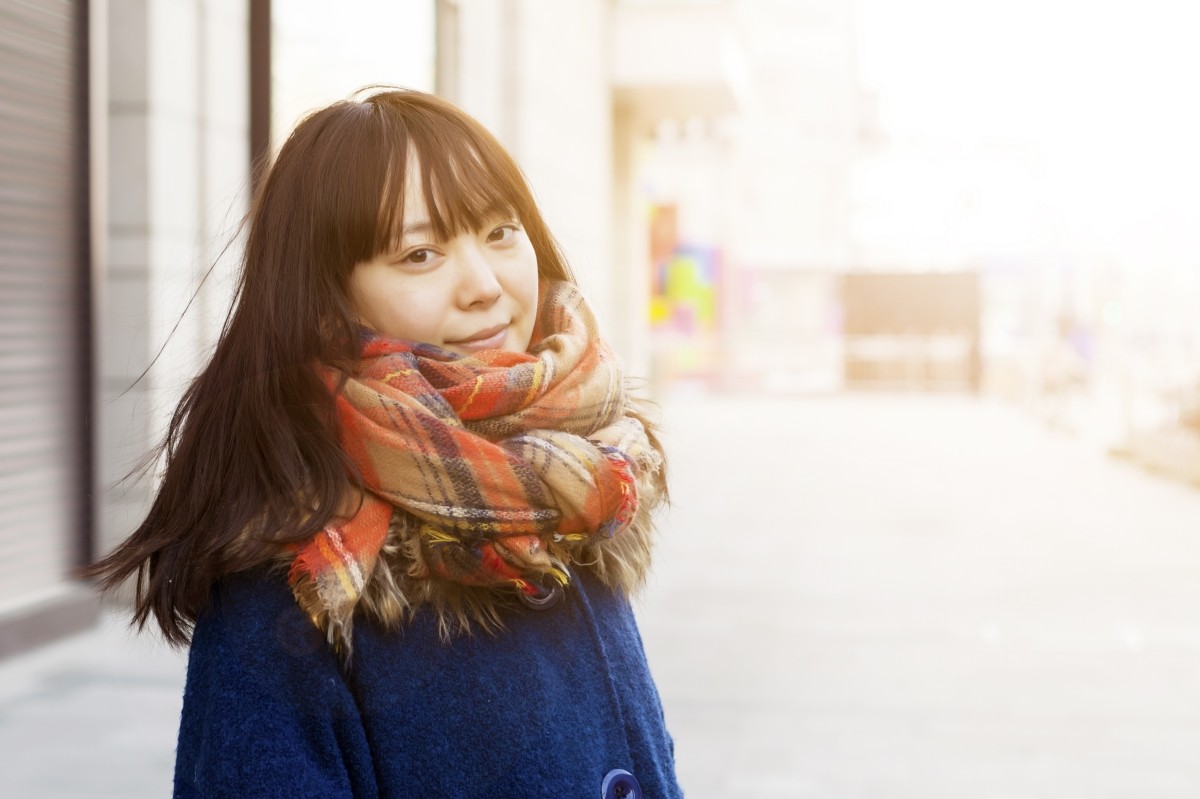
The temperature might be warm during the day but drop sharply in the evening. A scarf, stole, or muffler is perfect for these conditions, as it can be easily added or removed for temperature control. Since the skin on your neck is thin with prominent blood vessels, keeping it warm can effectively protect your entire body from the cold. Plus, these accessories are less bulky than carrying a spare jacket and can add variety to your limited travel wardrobe, allowing you to enjoy stylish autumn strolls.
3. Gloves, and Hats for Warmth and UV Protection

Japan’s autumn can bring strong sunlight and UV rays, but it can also feel chilly depending on the region and time of day. A hat that provides both UV protection and warmth is a great companion for your trip. A wide-brimmed hat can shield your eyes and prevent sunburn, while a hat made from warm, windproof materials is ideal for cooler days. A hat that covers your ears will also help retain heat when temperatures drop below 10°C. Don’t forget to pack gloves, especially if you’re visiting areas or times of year where temperatures are expected to be chilly.
4. Sunglasses

Sunglasses are crucial for protecting your eyes from harmful UV rays. However, sunlight can still enter your eyes from the top, bottom, and sides of your sunglasses, so wearing a wide-brimmed hat together with sunglasses can be even more effective. It's important to note that not all sunglasses block UV rays. What matters most is how much UV protection they offer.
When choosing sunglasses, look for labels indicating "UV cut rate 99%" or "UV transmission rate 1%," which means they block 99% of UV rays. You may also find labels such as "UV380" or "UV400," referring to their UV protection level. The color of the lenses is also important. Darker lenses can cause your pupils to dilate more, allowing more UV rays to enter if the UV cut rate is low, which can be counterproductive. Since selecting the right sunglasses can take time, it's important to prepare them in advance.
5. Long and Short Socks
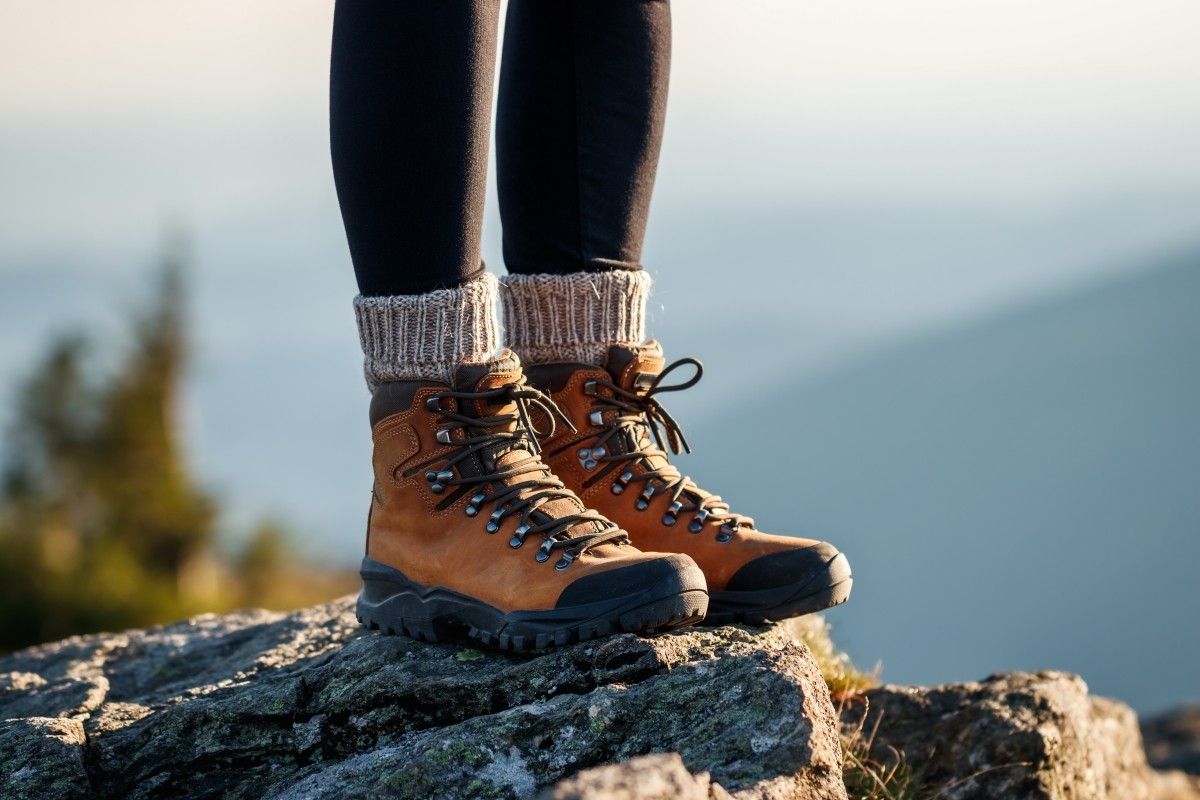
It's a good idea to bring different types of socks to suit various temperatures. For warmer days or regions, lightweight, breathable short socks are ideal. On the other hand, for cooler weather or regions, thicker long socks that reach up to your calves are recommended. When temperatures drop to single digits, wool or fleece socks can help keep your feet warm. However, thick socks might not fit well with your shoes. In such cases, consider socks made from heat-retaining materials with moderate thickness, so you don't have to worry about shoe size.
6. Walking Shoes or Slip-Ons...Footwear for Every Occasion
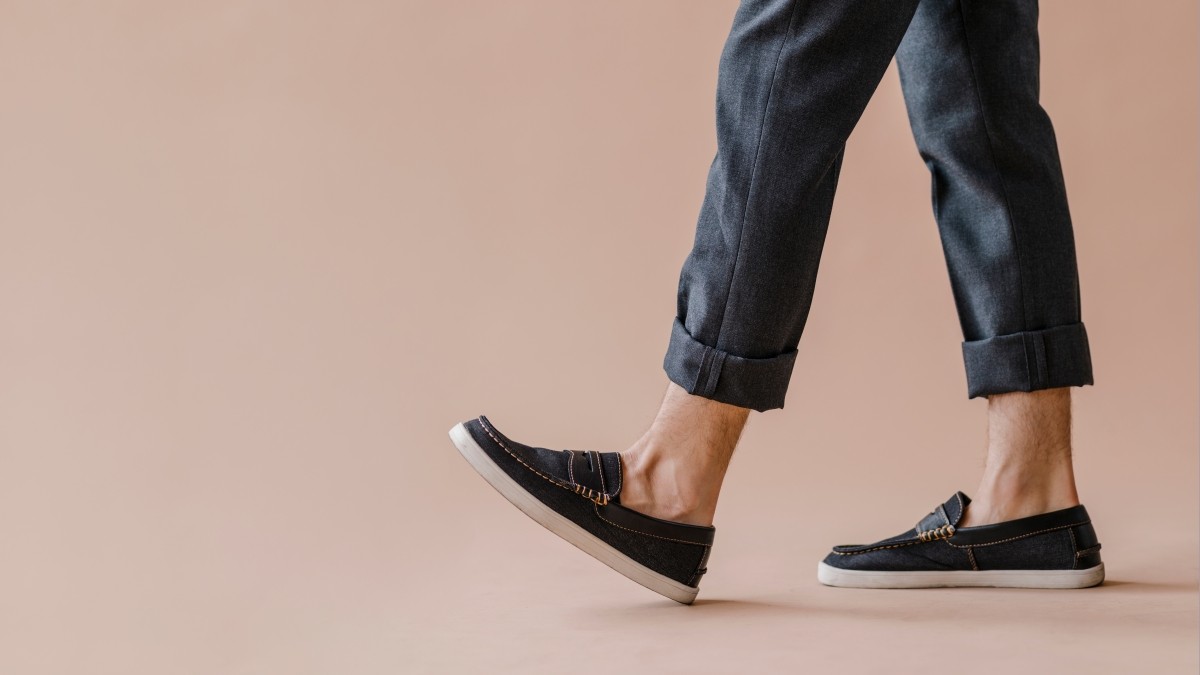
Japan’s pleasant autumn weather often means more walking than usual as you explore various attractions. For such trips, sturdy, lightweight, and comfortable walking shoes are a must. Shoes with good cushioning are especially beneficial in reducing fatigue. However, walking shoes might not be suitable for every location. For instance, hotels or restaurants with a dress code might not allow them, and slip-on shoes are more convenient at places where you need to remove your shoes, such as temples or traditional Japanese restaurants. If you're planning to hike through mountains to see the autumn foliage, trekking shoes can help prevent foot fatigue and sprains. It's important to prepare footwear that matches the occasion to ensure a comfortable trip.
7. Rain Gear (Rainwear, Umbrella)

Even during the mild autumn weather, occasional rain showers are possible. To ensure you can still enjoy your sightseeing, it’s a good idea to have lightweight rain gear, like a raincoat and a foldable umbrella. An umbrella might be sufficient for light or brief showers, but for heavier or prolonged rain, combining it with a raincoat will keep you dry and warm. A large raincoat or poncho that fits over your daypack or crossbody bag is ideal for keeping your belongings dry as well. With compact rain gear, you can stay active and enjoy your travels even in unexpected showers!
8. Insulated Water Bottle
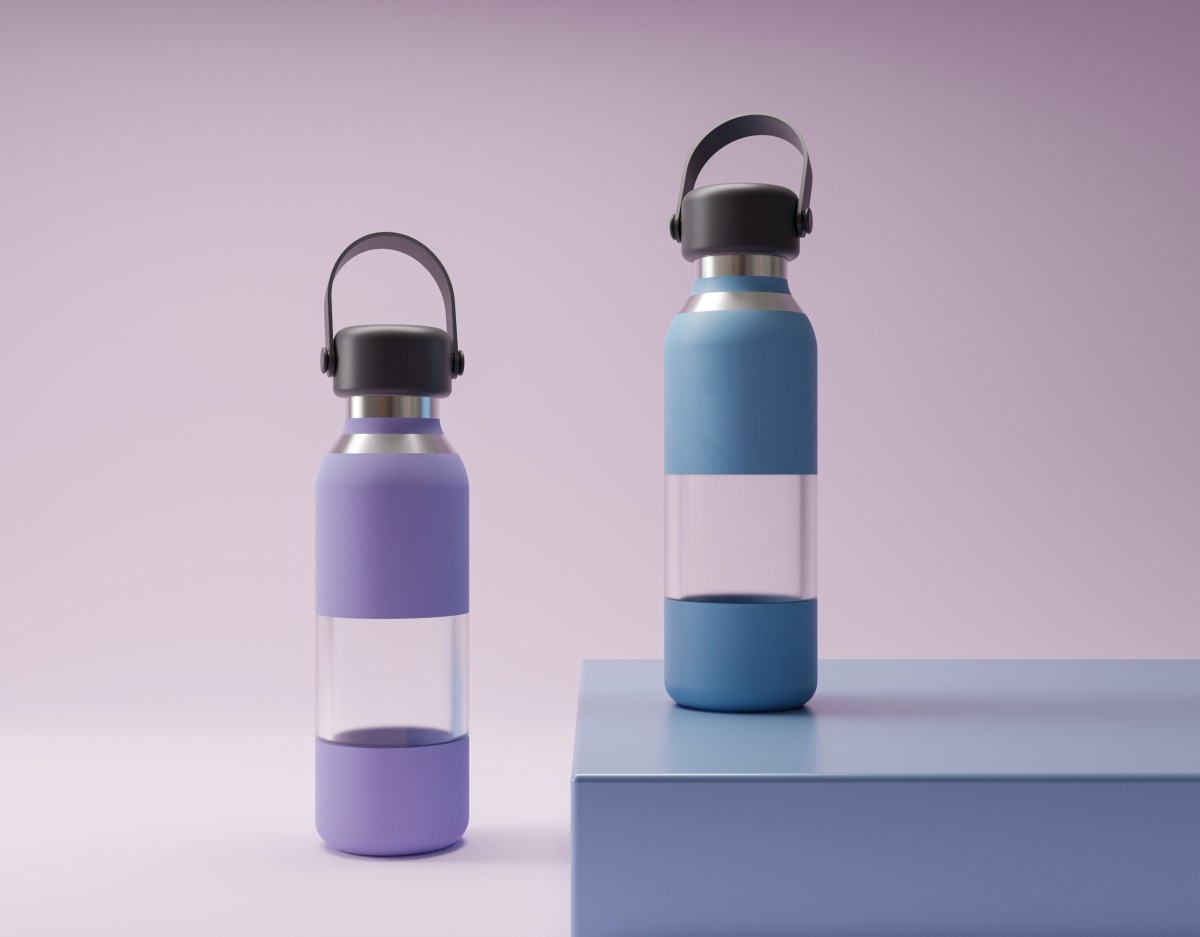
Japan is filled with vending machines and convenience stores where you can buy drinks, so carrying a water bottle may not seem necessary. However, you may not always find the drink you want when you need it, especially in more remote, nature-rich areas. That's where an insulated, reusable water bottle becomes your best friend. By pre-filling it with a drink at your preferred temperature, you can quench your thirst anytime while also making a sustainable choice by reducing plastic waste from disposable bottles.
9. Sunscreen and Moisturizers
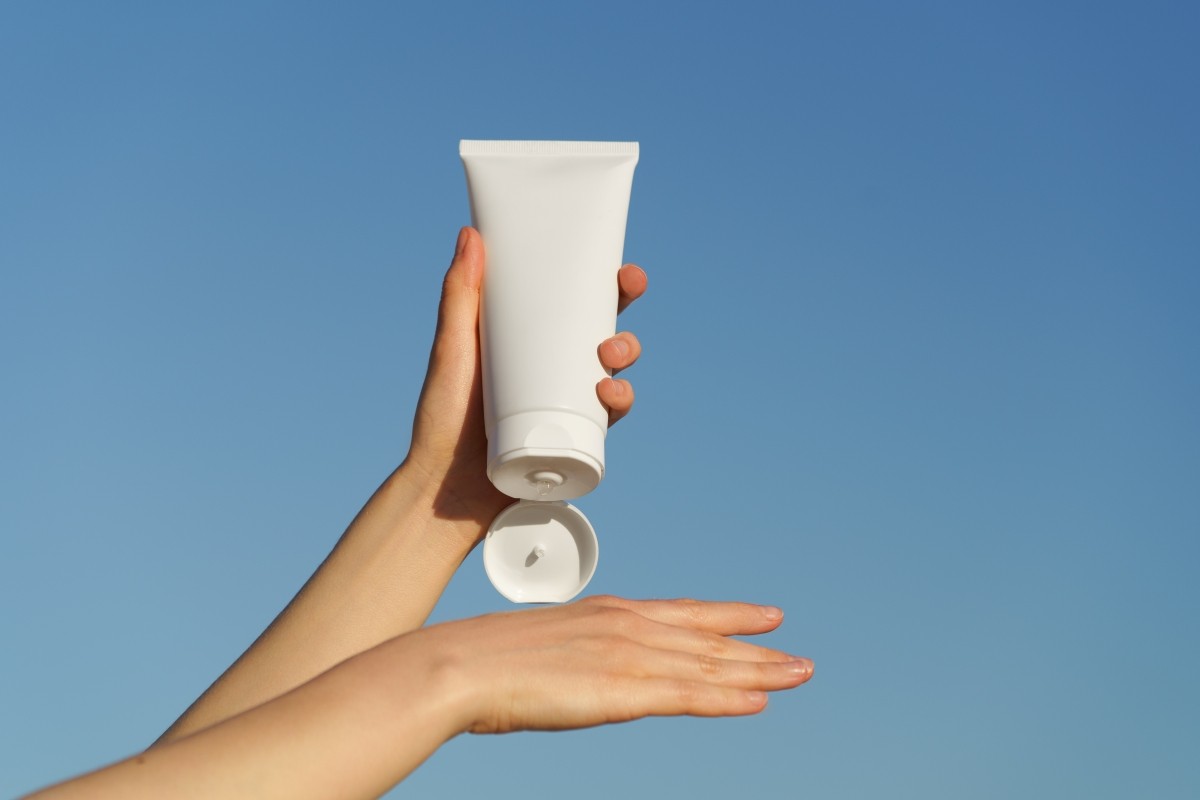
Even though the sun may seem less intense in autumn compared to summer, harmful UV rays still reach your skin. Therefore, sunscreen remains an essential item during this season. Neglecting UV protection can lead to various skin issues, such as redness, swelling, and premature aging, including wrinkles and sagging. Additionally, as autumn brings lower humidity, which can dry out your skin, it’s recommended to switch to a sunscreen cream with moisturizing properties and less irritation compared to the lighter, summer formulas. Moreover, to further reduce the impact of dry air on your skin, it’s crucial to maintain proper skincare with moisturizers.
10. Insect Repellent

Autumn, with its pleasant weather, is the perfect season to enjoy hiking or trekking while admiring the beautiful fall foliage. However, while not as prevalent as in summer, autumn also has its share of bothersome insects, such as mosquitoes, gnats, and bees. The first line of defense is to minimize exposed skin by wearing long sleeves and long pants. However, during hikes in warmer daytime temperatures, you might feel the need to switch to short sleeves. For such occasions, having insect repellent spray on hand is essential. By applying it evenly to exposed skin, you can enjoy your hike without worrying about bugs. When choosing an insect repellent, ensure it is effective against autumn insects. If you’re concerned about stickiness, opt for a powder-infused variety.
Don’t Forget a SIM Card for Your Japan Trip!

If you continue using your regular smartphone plan while in Japan, you may face issues like lack of internet access or high roaming charges. This could prevent you from instantly sharing your beautiful autumn photos on social media or transferring them to cloud storage. If your phone’s memory runs low, you might not be able to capture the stunning scenery at all. The solution is to get a SIM card. You can order one in advance for delivery to your home or hotel, and once you arrive in Japan, you can also purchase one at the airport or electronics stores.
👉【kkday】Japan SIM Card | Japan Docomo Native Card with Unlimited Daily Data eSIM
👉 【klook】5G Japan SIM (Japan Airport Pick Up) Unlimited Data
Check Out Comfortable Autumn Fashion

Japan’s autumn generally offers mild and comfortable weather, but temperature fluctuations can be significant depending on the region and the day. You might find summer clothing perfect one day, while early winter attire might be more suitable another day. Even within a single day, temperatures can vary widely. To enjoy your autumn trip to Japan comfortably, it’s important to layer your clothing, combining items like short-sleeved shirts or T-shirts, lightweight long-sleeved shirts, and mid-weight jackets to suit the transition from summer to early winter. Accessories like hats and scarves are also valuable allies. Be sure to check out the optimal clothing options to stay comfortable during your autumn trip to Japan.
👉 What are the most suitable clothes for my Japan trip? (Autumn Edition)

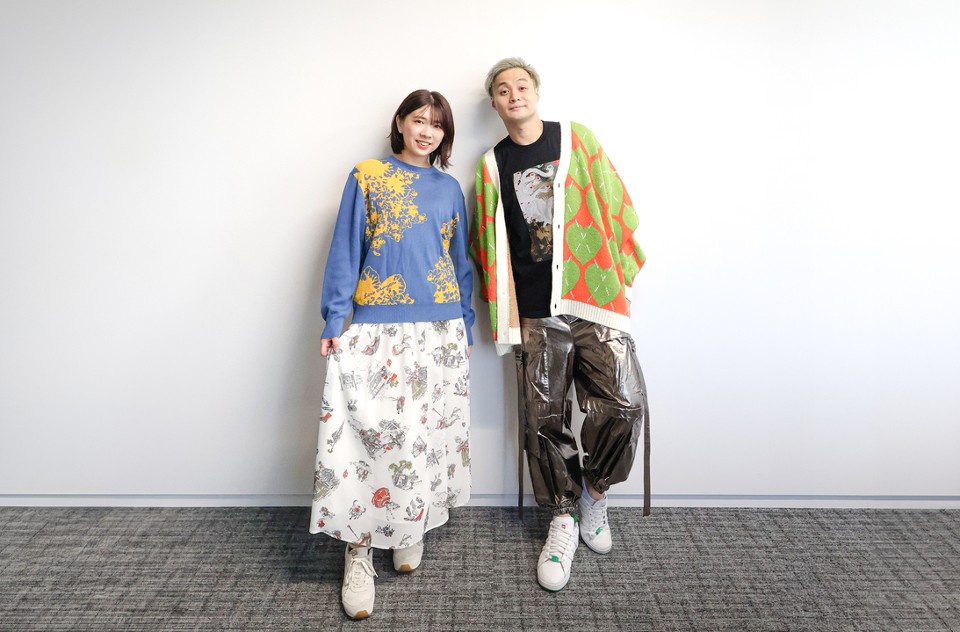


Comments